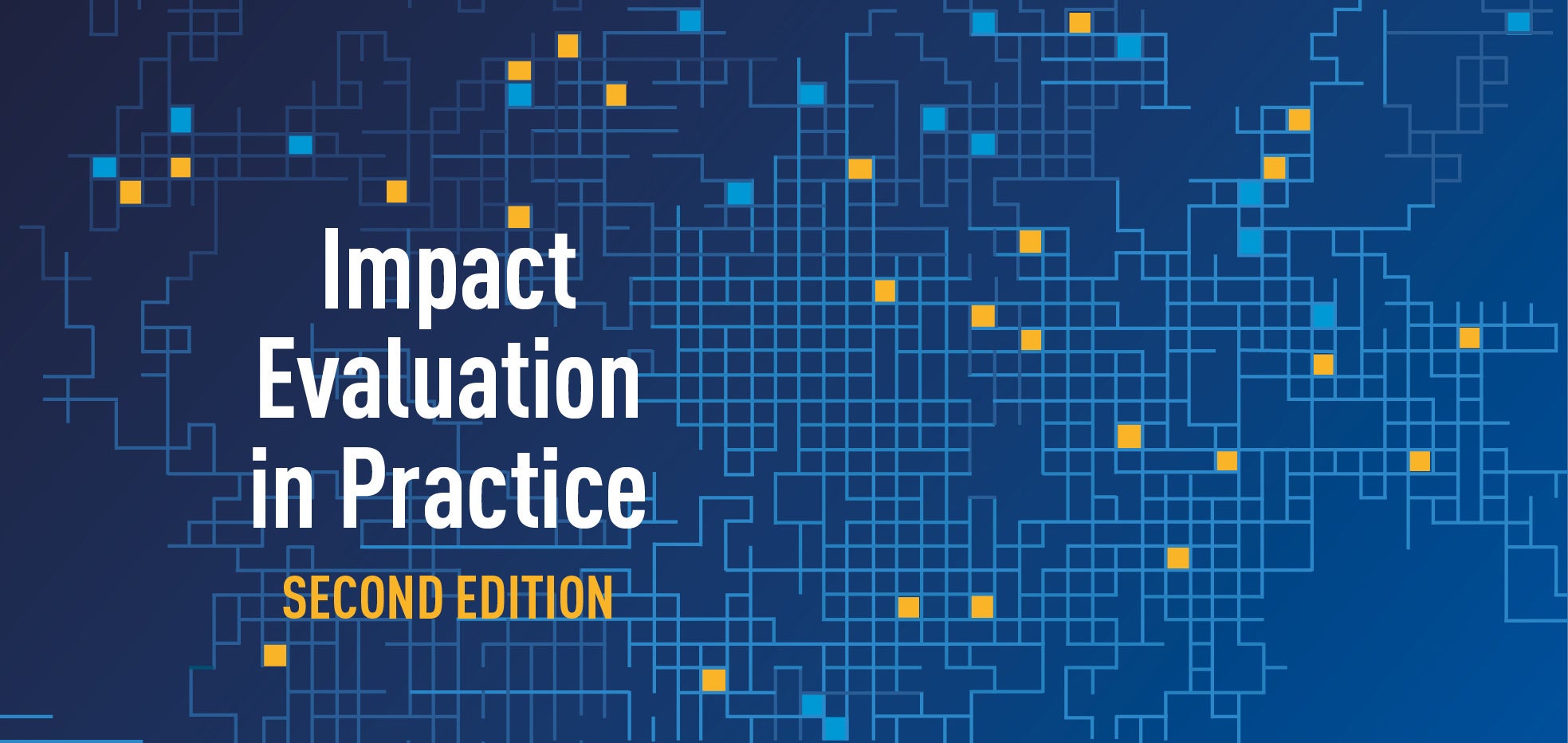Consider this: you have just completed the installation of a water and sanitation system for an entire neighborhood, but many households don’t connect their kitchens and bathrooms to the new water and sewer lines. With low coverage, many of the expected health benefits of the project will not materialize.
How would you go about increasing connections? Should you subsidize or provide credit to help finance connections? Or maybe provide households with information on the benefits of connecting? How would you decide what’s the best policy to achieve the objective of increasing connections? The answer: run an impact evaluation.
In decades past, we might have relied primarily on intuition to decide what interventions will bring the desired outcome. More recently however, governments, multilateral organizations, private foundations, and non-governmental organizations are moving increasingly towards evidence-based policymaking. More and more, they are requiring that programs be based on empirically demonstrated effectiveness. Impact evaluations play a critical role in this process, measuring the effects caused by a project through the random assignment of treatment and comparison groups, or quasi-experimental methods such as difference in difference, regression discontinuity design, or propensity score matching to help address selection bias.
The book “Impact Evaluation in Practice”, first published in 2011, has been widely used in by development and academic communities to support the design and implementation of such evaluations. Why? It’s an accessible and user-friendly guide to impact evaluation, covering evaluation methods and guidelines on how to design and implement an impact evaluation in the real world. The book takes a pragmatic approach to impact evaluation, balancing operational realities that development practitioners face in the field with methodological requirements to rigorously establish causality.
Therefore, we are delighted to announce the launch of the second edition of Impact Evaluation in Practice, a joint publication of the World Bank and Inter-American Development Bank, with expanded and updated content in the field of impact evaluation. In the book you will find an in-depth but intuitive discussion of impact evaluation methods, including a new chapter dedicated exclusively to instrumental variables (chapter 5). The new edition also covers an expanded discussion of validity checks and methodological challenges (chapter 9) and a dedicated chapter on sampling and power calculations (chapter 15). And finally, this latest edition offers new content on research ethics and the science of impact evaluations (chapter 13) as well as practical guidance on dissemination (chapter 14) — after all, impact evaluations should help inform public policy in the most “impactful” way possible.
Impact Evaluation in Practice, 2nd edition is now available free of charge in English and Spanish. Download the book now and dive into the field of impact evaluations!
We also invite you to visit our Evaluation Hub for additional tools and evaluation materials. If you are interested in more impact evaluation stories from the field, view a replay of our latest webinar “How are Impact Evaluations Improving Lives? – Stories from the Field”, featuring Sebastian Martinez, Laura Rawlings and Christel Vermeersch, co-authors of Impact Evaluation in Practice. Please note, this webinar was held in Spanish only.



Leave a Reply